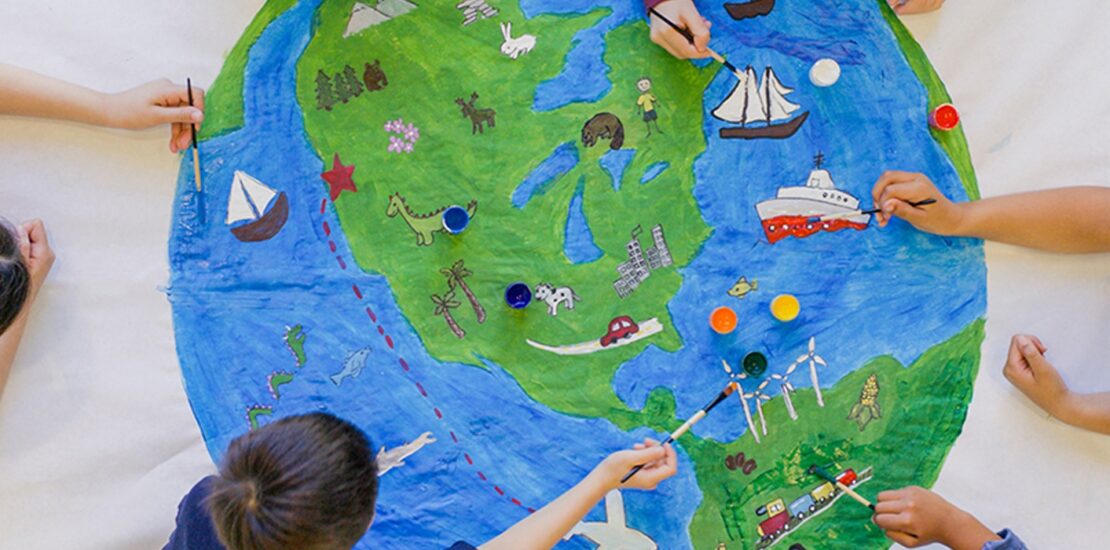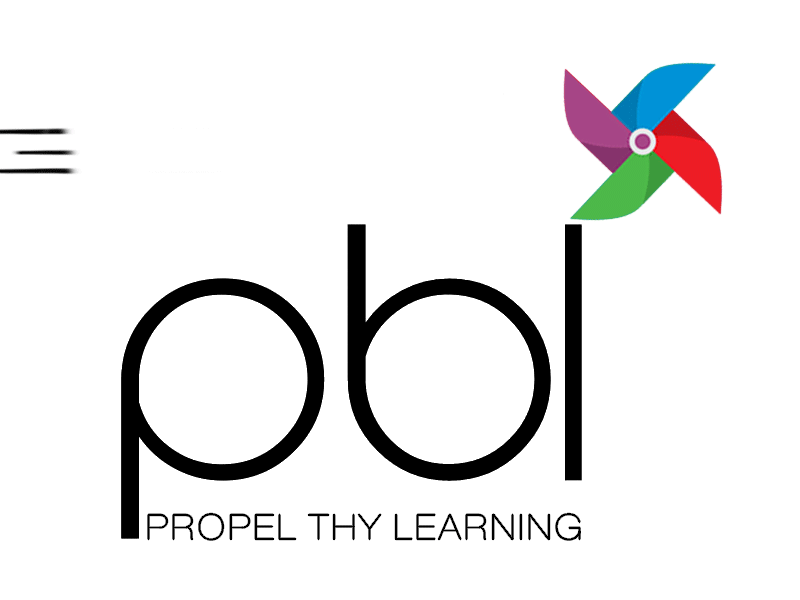Want to see the real world in micro-form? Come to my class.The joy of Project Based Learning
- May 2, 2024
- Posted by: PBL
- Category: Education
No Comments

Once upon a time in a small town, there was a school that decided to try something new. The teachers and the principal came together and thought, “Why not make learning more like a grand adventure, where every subject helps to solve a piece of the puzzle?” And so, they introduced multi-disciplinary project-based learning, inspired by stories and surveys from schools around the world.
Imagine a classroom where the walls are covered in maps, charts, and drawings. In one corner, there’s a model of a clean-energy village, and in another, a mini-laboratory set up to test water quality. This isn’t just any classroom; it’s a hive of young detectives, engineers, writers, and scientists, all working together on a big project: “The Quest for a Sustainable
Future.”
In this quest, each student brings their unique strengths and interests to the table. Sajani, who loves stories and history, dives into researching how ancient civilizations used renewable resources. She shares her findings with the class, telling tales of windmills in old Persia and water wheels in ancient Greece, making history come alive.
Meanwhile, Alex, who has a knack for science, teams up with Jogi, the math whiz. Together, they conduct experiments on solar energy efficiency, using real-world data they’ve gathered. They’re on a mission to find the best way to power their model village, and every test brings them closer to an answer.
Then there’s Sam (his real name is Shamsher Bahadur Singh), who’s passionate about art and design. Sam takes the lead in designing the model village, ensuring that it’s not only functional but also beautiful. Inspired by nature, Sam incorporates green roofs and rain gardens into the designs, making sustainability an art form.
As the project progresses, the students reach out to their community, conducting surveys to understand local attitudes towards renewable energy. They compile their data, analyse the results, and prepare a presentation, eager to share their vision for a sustainable future with their neighbours.
Finally, the big day arrives. The entire town is invited to the school for the grand unveiling of the sustainable village model. The students stand proudly by their creation, ready to tell their story. As they present their research, their experiments, and their designs, the audience is captivated. The students explain how history, science, math, and art came together to solve the puzzle of sustainability.
The impact of their project goes beyond the classroom walls. Inspired by the students’ passion and their comprehensive approach, the community starts to think differently about sustainability. Local businesses pledge to reduce waste, families start using more renewable energy, and the town even begins planning a real community garden.
Through their multi-disciplinary project-based learning adventure, the students didn’t just learn about sustainability; they lived it. They discovered that by combining their diverse talents and knowledge, they could make a real difference in the world. And in doing so, they inspired everyone around them to join in their quest for a sustainable future.
This story from a small town shows the power of multi-disciplinary project-based learning. It’s about more than just solving problems; it’s about bringing people together, blending knowledge and creativity, and preparing young minds to tackle the challenges of tomorrow. And just like in our story, schools around the world are finding that when learning mirrors the complexity and interconnectivity of life itself, the possibilities are endless.
-
- The multidisciplinary approach to learning in schools integrates multiple subject disciplines, allowing students to explore themes or topics from various perspectives. This method is beneficial for developing critical thinking, problem-solving skills, and the ability to connect concepts across different fields. Here’s a structured overview of scientific and research
- support for this approach:
- 1. Enhances Critical Thinking and Creativity Research indicates that a multidisciplinary approach fosters an environment where students can engage in critical thinking and creative problem-solving. By analysing topics through the lenses of various disciplines, students develop a more comprehensive understanding of the subject matter, which promotes innovative thinking.
- 2. Improves Engagement and Motivation Studies show that when students see connections between subjects, their engagement and motivation improve. This approach makes learning more relevant to their lives and future careers, thereby increasing their intrinsic motivation to learn.
- 3. Supports the Development of Transferable Skills A multidisciplinary education helps students develop transferable skills such as communication, collaboration, and the ability to apply knowledge in real-world settings.
These skills are crucial for success in the 21st-century workplace. - 4. Promotes a Deeper Understanding of Content Integrating subjects allows students to explore concepts in a more in-depth and complex manner. This deep learning approach leads to a better retention of information and a greater ability to apply knowledge in various contexts.
- 5. Addresses Diverse Learning Styles A multidisciplinary approach can cater to various learning styles and intelligences. By incorporating different teaching methods and subjects, it provides multiple pathways for students to engage with and understand the material.
- 6. Prepares Students for a Complex World The modern world is inherently interdisciplinary, with complex problems that require a broad knowledge base and the ability to integrate insights from various fields. A multidisciplinary education prepares students for this reality, equipping them with the cognitive flexibility to tackle complex challenges.
21st Century Skills Collaborative Learning Creative Learning Education
